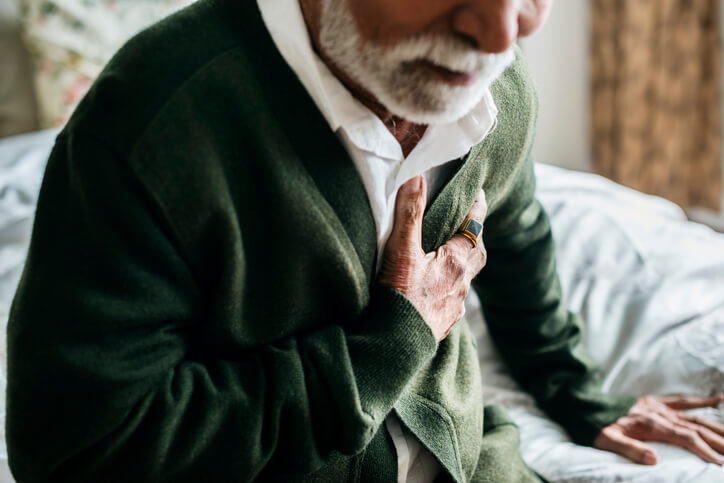What Is The Cardiovascular System?

The cardiovascular system consists of the heart, blood vessels, and blood that is moved throughout the body to support cells. It is a one-way system that has two circulatory “loops.” One loop handles what is called pulmonary circulation in which deoxygenated blood is pumped from the right side of the heart into the lungs, where it receives more oxygen and continues to the left side of the heart.
The other loop is for systemic circulation in which blood is pumped from the left side of the heart to all of the body’s organs and tissues in order to deliver oxygen, nutrients, hormones and other important materials. Along the way, the blood also removes waste products from the cells.
What Is The Cardiovascular System?
As noted above, the heart has a right side and a left side. Each side has an upper chamber called an atrium and a lower chamber called a ventricle. Blood returning from circulating around the body comes into the right atrium of the heart. It then moves down to the right ventricle. That chamber contracts to move blood into the lungs where it receives oxygen. The blood returns to the heart via the left atrium, then down to the left ventricle. Contractions of the powerful left ventricle pump blood throughout the body.
What are the Different Types of Blood Vessels
There are three main types of blood vessels in the body:
- These blood vessels carry oxygen-rich blood to organs and tissues.
- These are the smallest of the blood vessels and are where the transfer of oxygen, nutrients and waste products to and from cells takes place. They also serve as the transition point between arteries and veins.
- These blood vessels carry oxygen-poor blood back to the heart and then through the lungs.
The different types of blood vessels have unique characteristics based on their role. For example, arteries must withstand the pressure generated by the heart as it pumps blood throughout the body, and therefore they have muscular walls. The walls are flexible as well and can expand or contract to a degree to control how much blood is supplied to a specific area under different conditions. There are 20 major arteries in the body that branch into smaller vessels.
Capillaries have the thinnest walls of the three types of blood vessels. This makes it easy for materials to pass through them as needed. Most capillaries are thinner than a hair and some are so small that one blood cell takes up the entire width of the vessel.
When blood reaches the veins, it is under less pressure, so those walls are thinner, less muscular and less flexible. Forces like gravity and the contraction of skeletal muscles assist with keeping blood moving through the veins until it reaches the heart.
What are the Components of Blood?
Blood has four primary components:
- Red blood cells. There are more red blood cells in blood than any other type. They make up approximately 45% of blood volume. Also called erythrocytes, these cells carry oxygen with the help of a red pigment called hemoglobin and give blood its color.
- White blood cells. Also, call leukocytes, white blood cells make up a very small percentage of blood volume but play an important role in the function of the immune system. There are different types of white blood cells, each specialized to neutralize a different type of invader including bacteria, viruses, and parasites.
- Platelets. These cell fragments, also known as thrombocytes, are responsible for the blood clotting and scab formation that helps wounds heal.
- Plasma. Plasma is a fluid that makes up approximately 45% of blood volume. It is roughly 90% water along with proteins and dissolved substances.
Learn more about the cardiovascular system and how it works by exploring Baptist Health Heart Care and our Cardiovascular Services.



